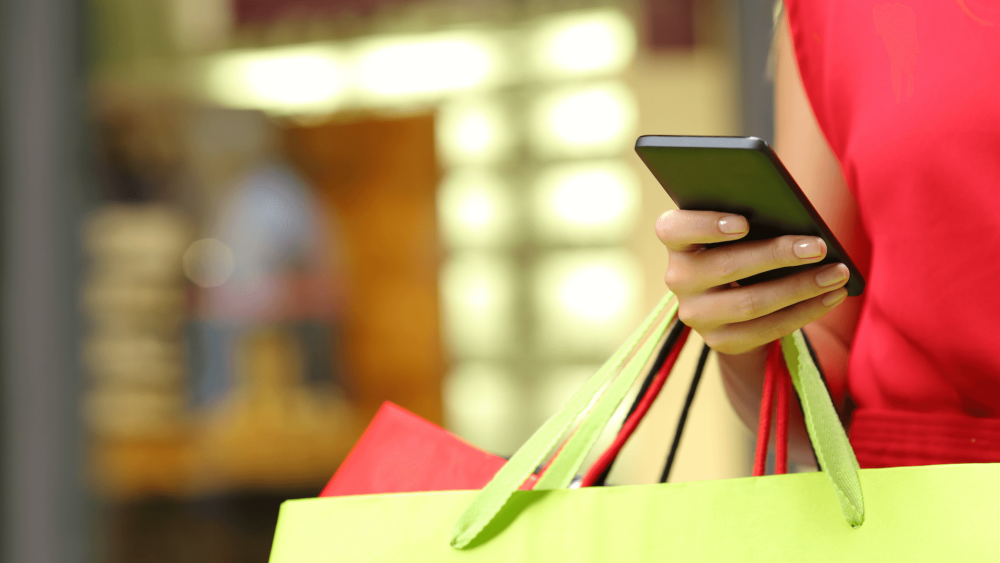Once upon a time, retail stores tried to get our attention with special displays, signs and stickers, but now they can tap into the power of IoT to communicate a lot more than just “New!” or “Special!” The smartphones we carry can convey marketing messages built into the displays or even the product themselves with just a tap.
Thin Film Electronics ASA is a global leader in NFC (near field communication). It creates printed tags, labels, and systems that incorporate memory, sensors, and wireless communication to enable one-to-one digital marketing through just a tap of a smartphone.
Together with GlaxoSmithKline, it deploys Thinfilm’s SpeedTap™ tags in interactive “smart” shelves featuring Flonase® in stores in six Canadian provinces. Customers who tap their NFC-enabled smartphones to the shelves can get information about the product at the moment of decision.
Matt Bright, Senior Director of Product and Technical Marketing, Thinfilm, spoke with us about why the “smart” shelves are just the tip of the iceberg in IoT marketing. We’re not only talking about delivering marketing messages, but being able to customize and adapt to them and pick up the trail of the customer journey even beyond the buying decision.
Bright describes the Flonase® setup as an “initial” and “really solid step in hybrid physical digital marketing.” It not only gives instant access to information on the customer’s phone but empowers the company to deliver custom messaging and content, view real-time consumer tapping activity, and gain valuable insights on individual consumers through analytics thanks to the integration of the technology with Thinfilm’s cloud-based platform.
In his view, it’s the opening of “a portal to a digital world,” that makes NFC such an impactful technology for marketing. That can work with store display or in smart coasters that create an interactive experience for beer consumers. He anticipates a “nice continuum in use cases as things scale up to individual products.”
That has proven successful in the case of the NFC tags, which the Spanish winemaker Barbadillo deployed on 126,000 bottles of Castillo de San Diego to promote a contest with a cash prize. Bright explained that the purchase was a prerequisite for getting the code to enter the contest, and due to the data collection enabled by the tech, they know that over 30 percent of consumers who picked up the bottle ended up buying it.
The results of the wine bottle show the effectiveness of “brand in hand,” he said. There is a “strong correlation” between the consumers who have picked something up and those who purchase it. So having the marketing message come out at that time is a way of “reaching those consumers with the highest intent, which drives high quality digital engagement.”
Bright also explained how the full benefits of NFC’s flexibility and data collections can be realized in product deployments. Companies can “configure mobile campaigns in real time and create different kinds of interactivity” to be delivered according to the requirements of particular locations or set times, for example. While that could work in a shelf display, the next two components require a link with the product itself.
The product could deliver “campaigns that evolve over time,” meaning that one individual would get different messages depending on the stage in the buying cycle. As the customers advances from “in-store mode,” where the goal of communication is to encourage the purchase, the message would shift to offering information about the product use, and then follow up with content directed toward buying it again.
Fom the customer end, it delivers a “rewarding” experience for interacting “at point of use.” But it also provides data on that which beforehand would not have been available to a business – insight into “how frequently people are interacting with the product.”
Bright is certain that we will see more of that. The number of NFC-enabled smartphones is expected to grow from 50 million worldwide to as many as two billion by the end of this year. “That’s a big deal,” Bright observed.









